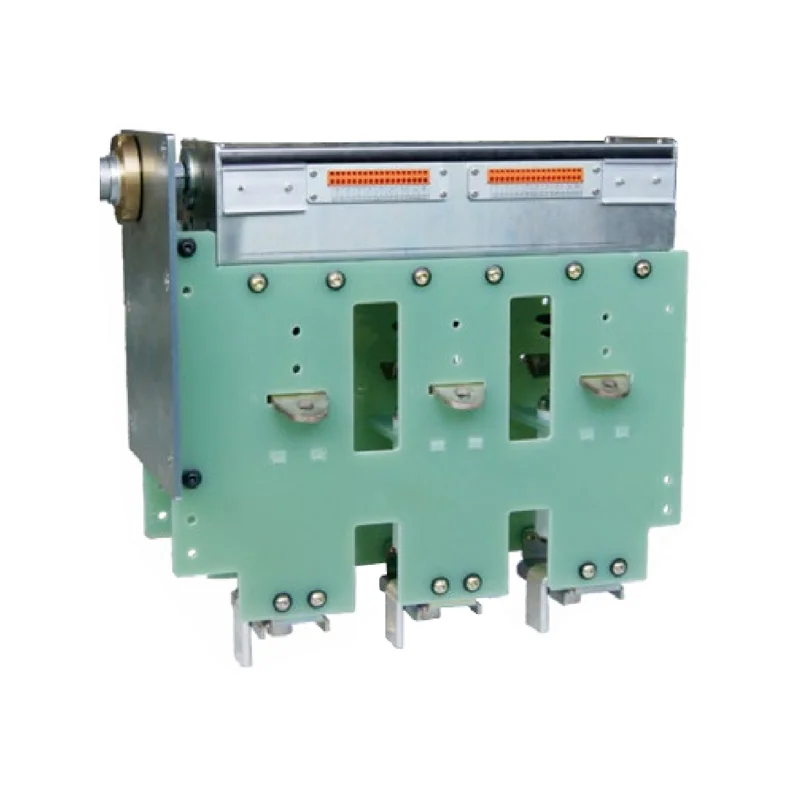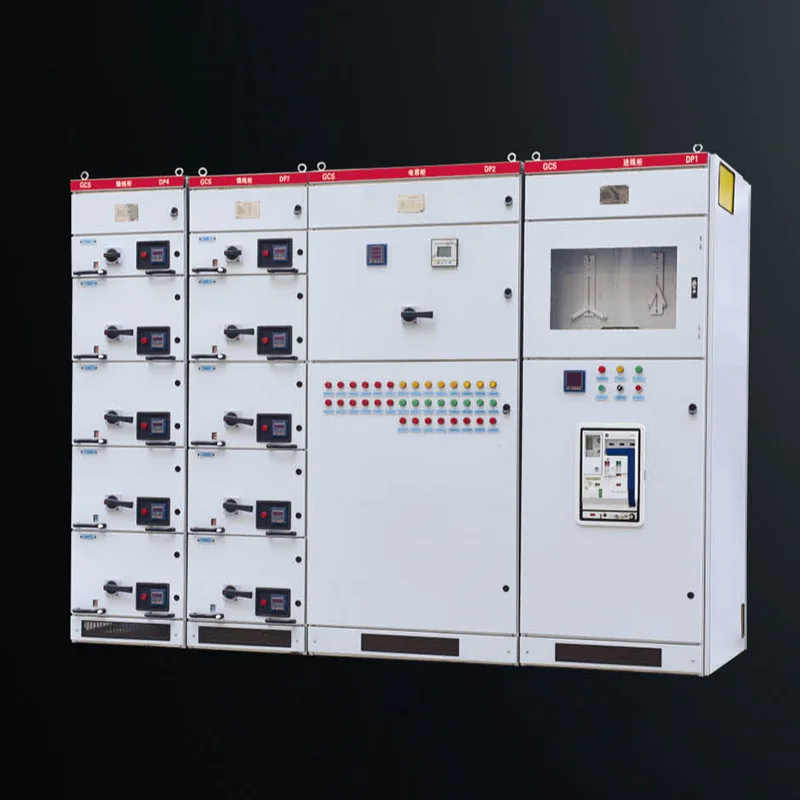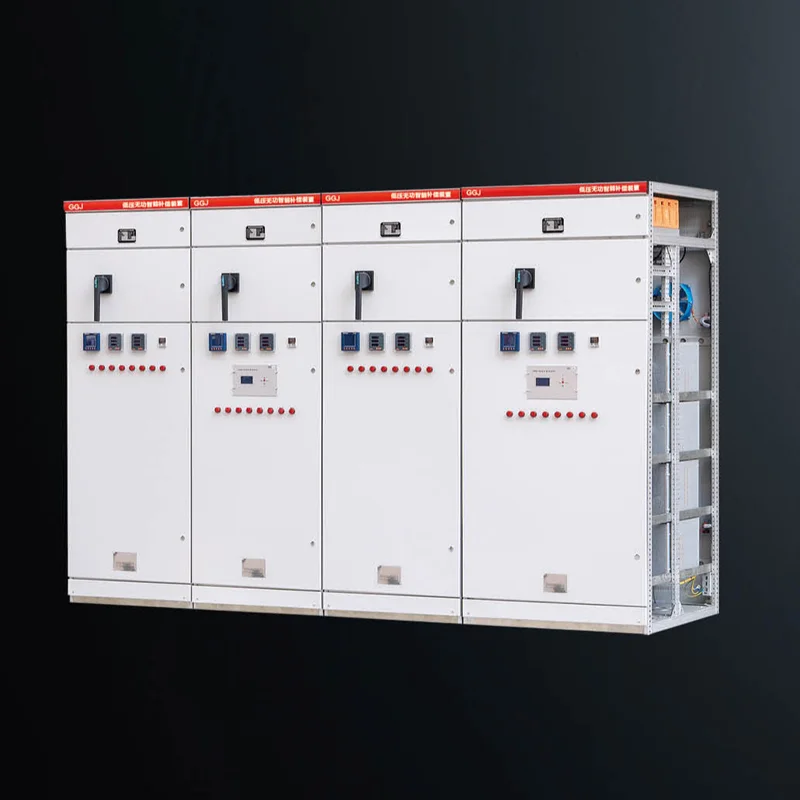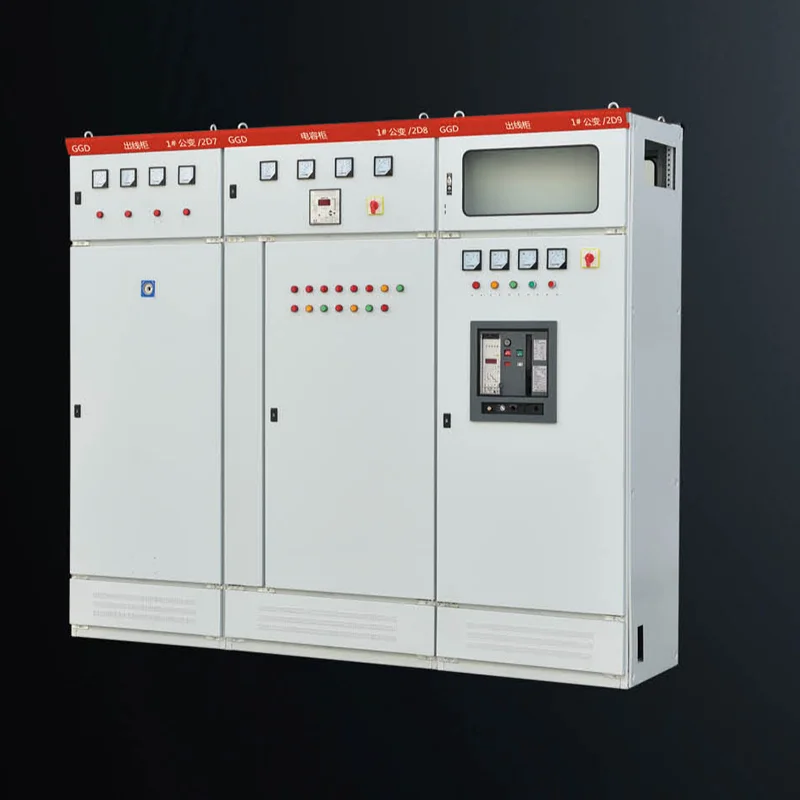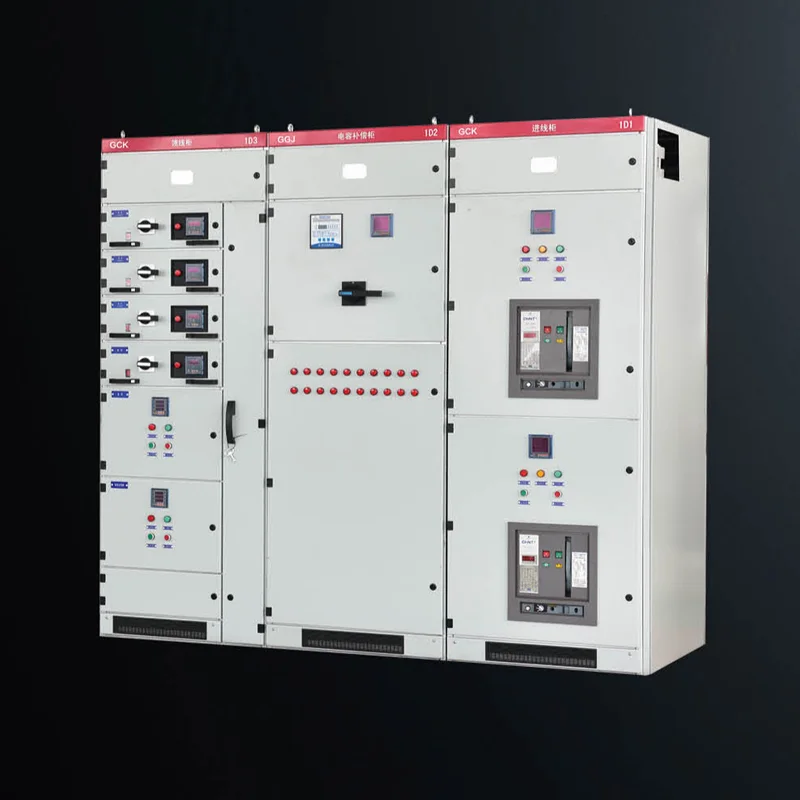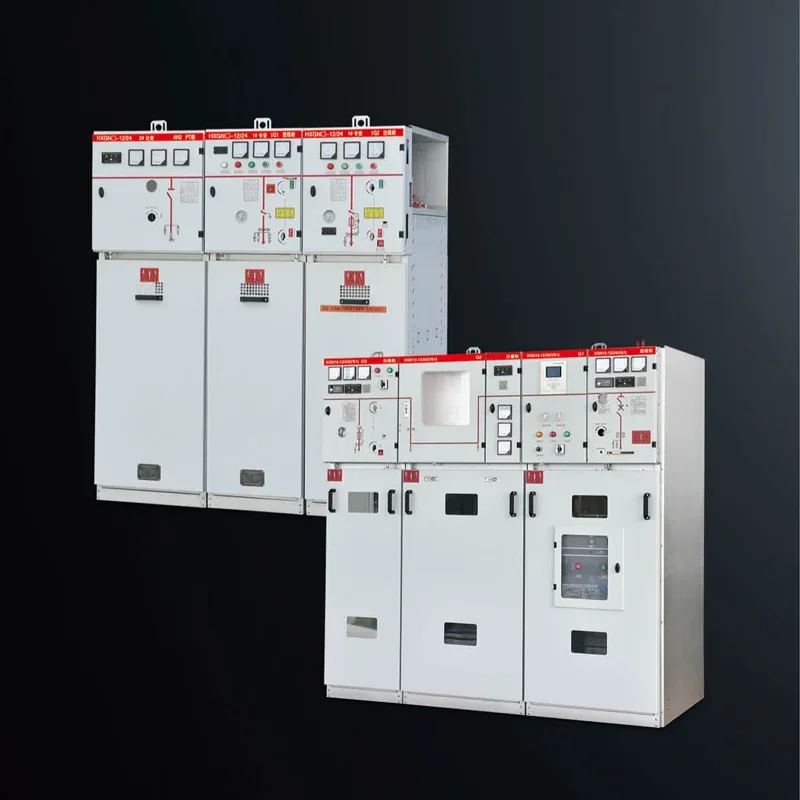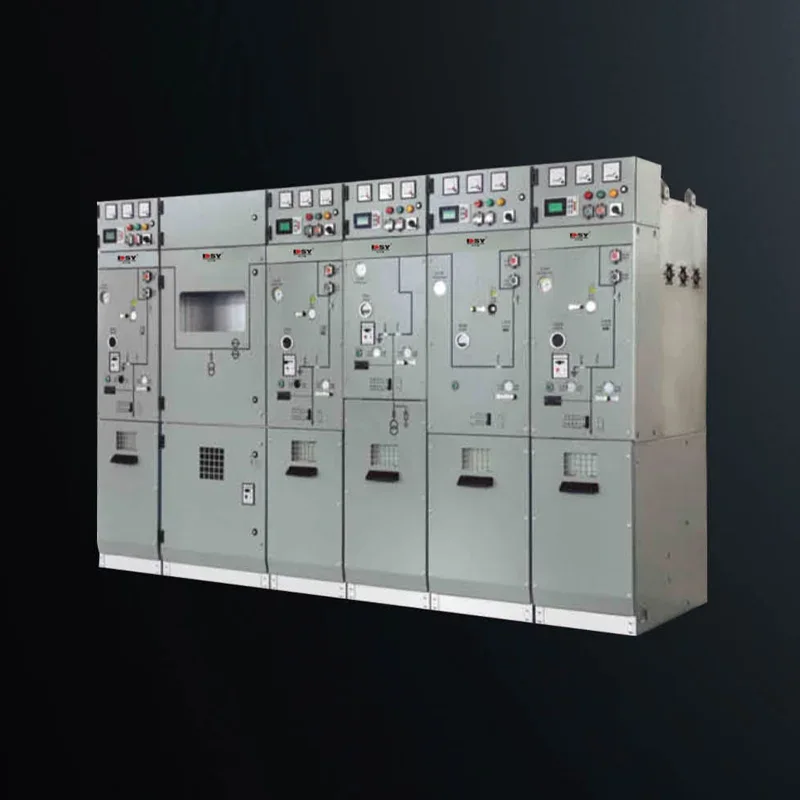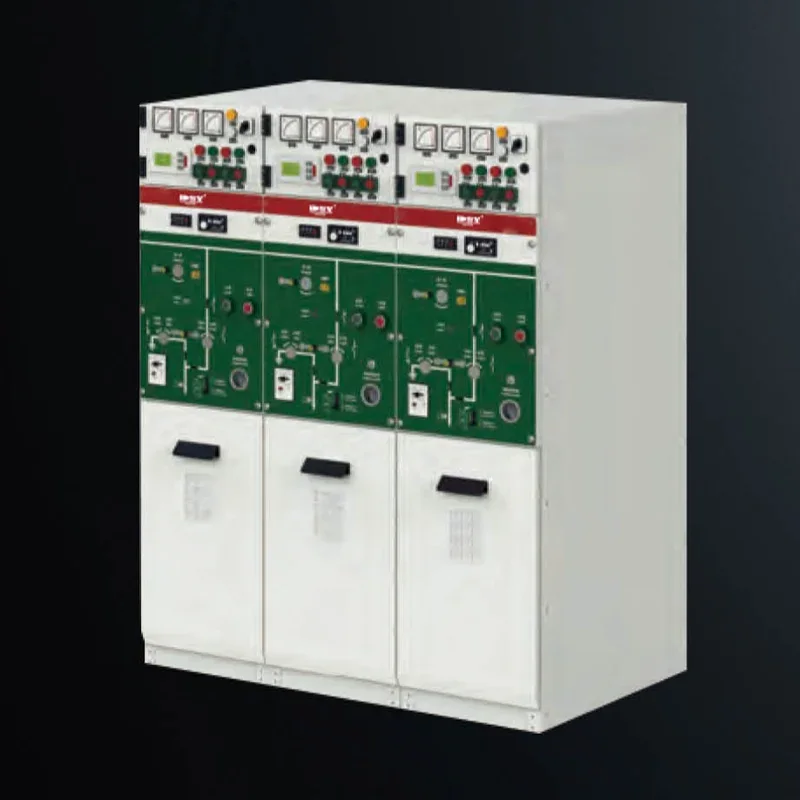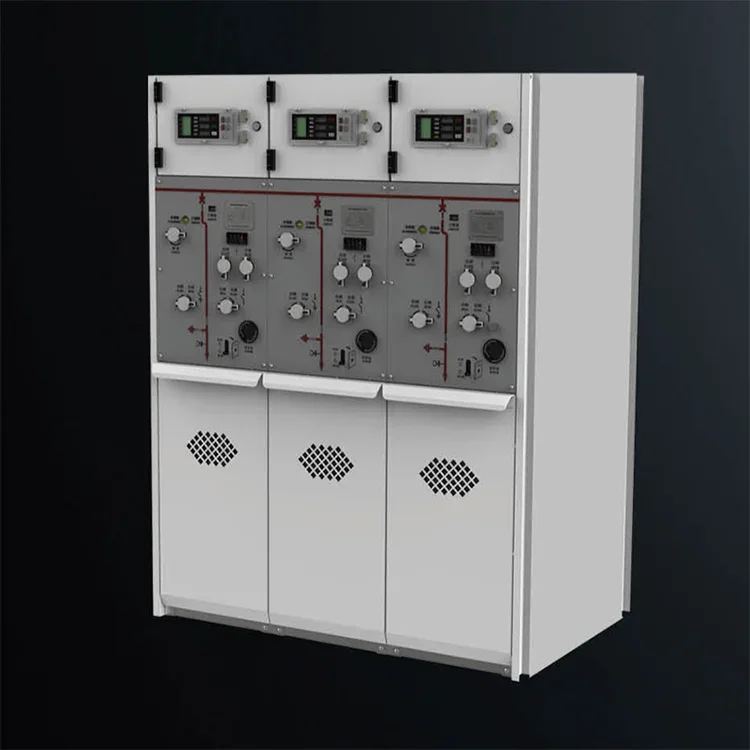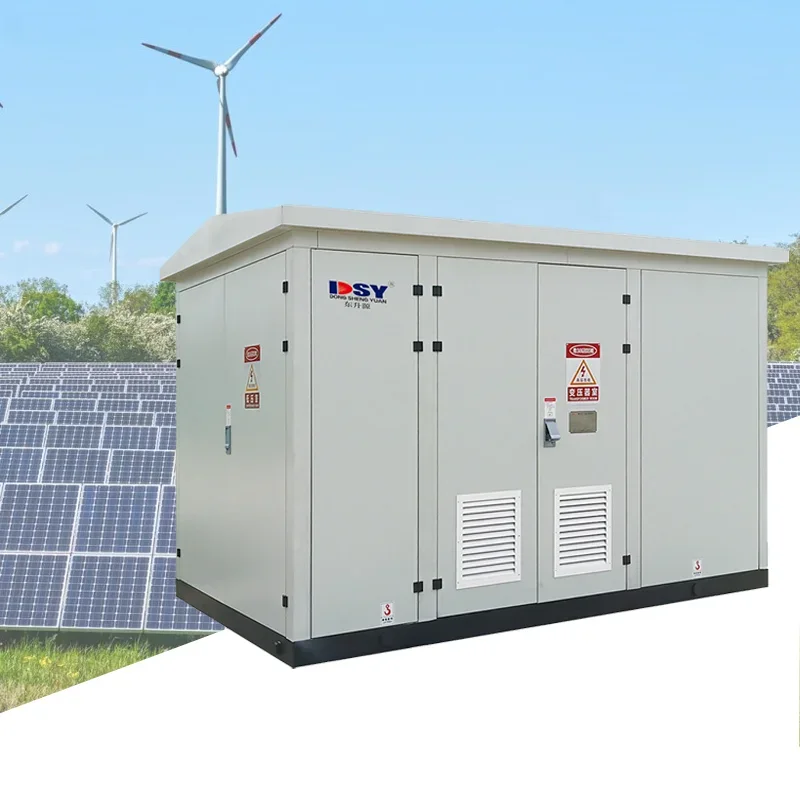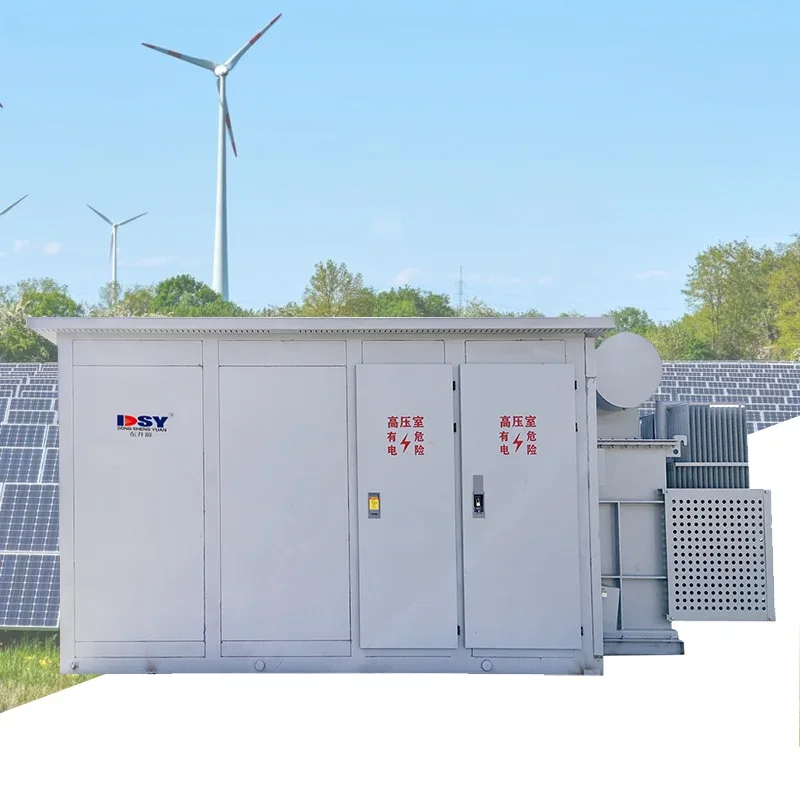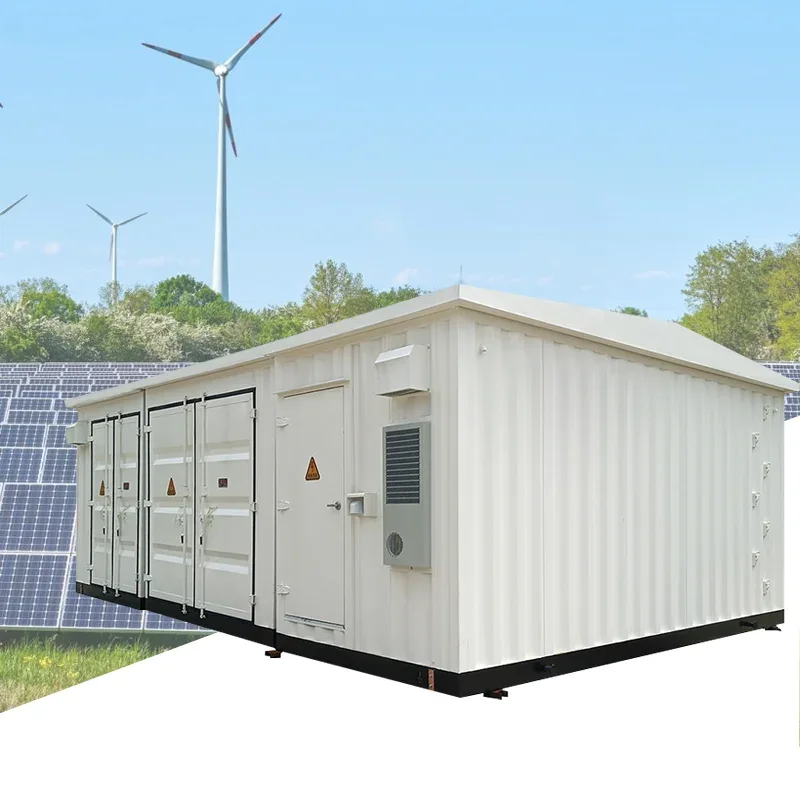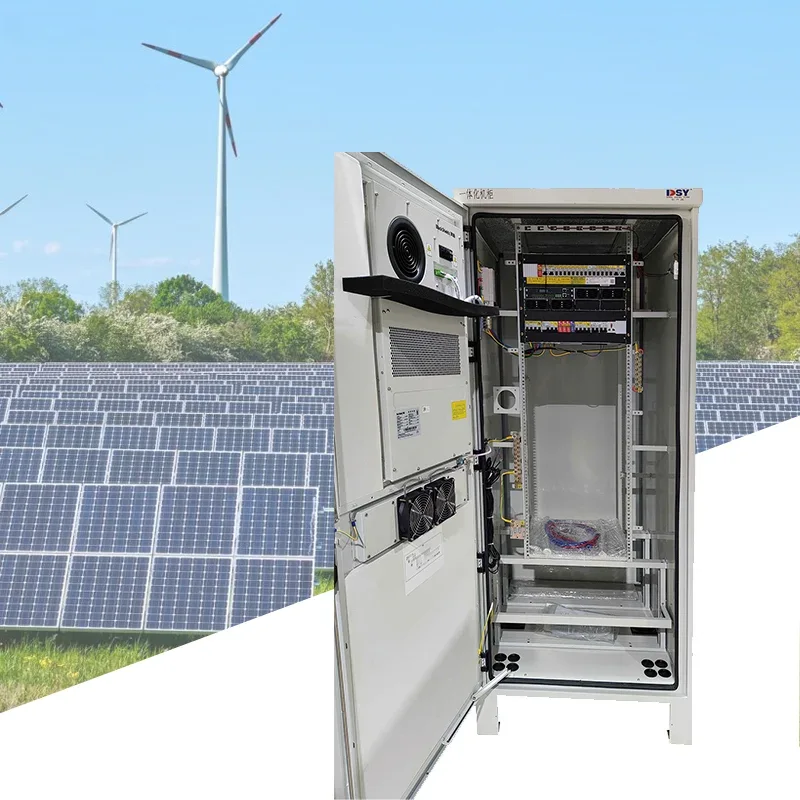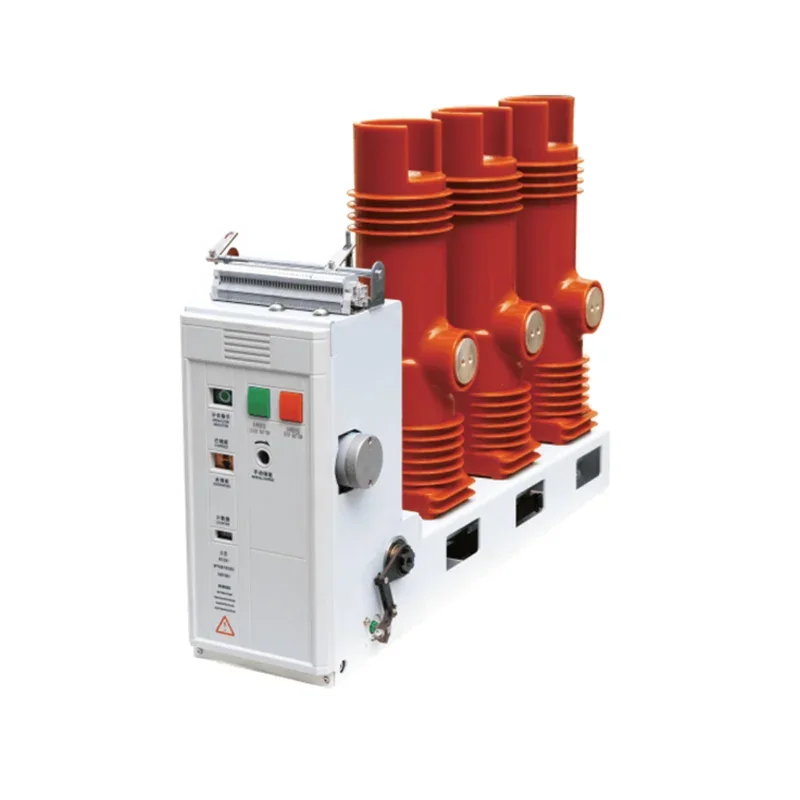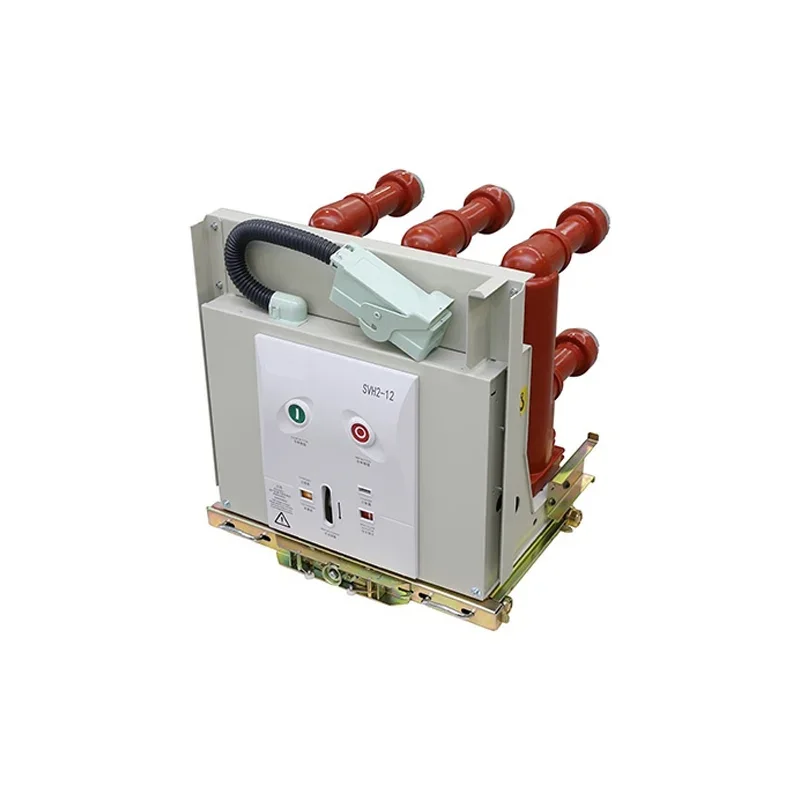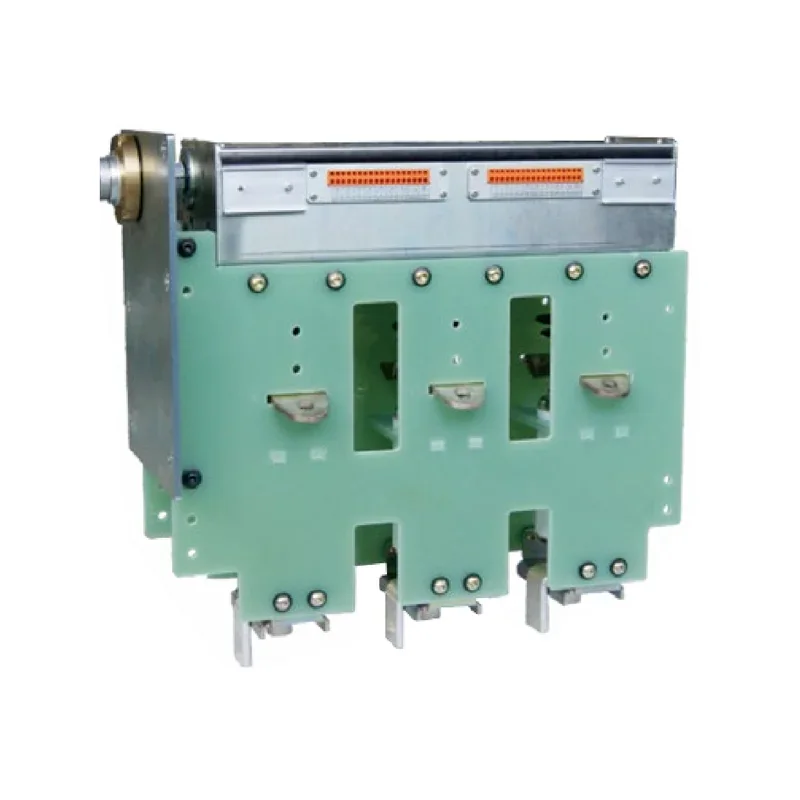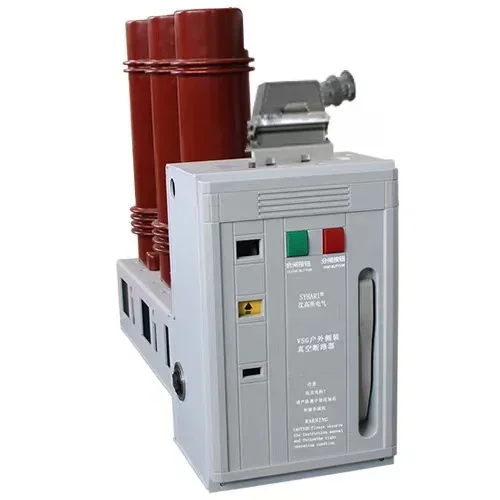How to Minimize Downtime with Effective Switchgear Cabinet Maintenance
How to Minimize Downtime with Effective Switchgear Cabinet Maintenance Table of Contents Understanding Switchgear Cabinets Importance of Switchgear Maintenance Common Issues in Switchgear Cabinets Preventive Maintenance Strategies for Switchgear Cabinets Regular Inspections and Testing Environmental Considerations in Maintenance Training and Education for Technicians
Jul 13,2025
How to Minimize Downtime with Effective Switchgear Cabinet Maintenance
Table of Contents
- Understanding Switchgear Cabinets
- Importance of Switchgear Maintenance
- Common Issues in Switchgear Cabinets
- Preventive Maintenance Strategies for Switchgear Cabinets
- Regular Inspections and Testing
- Environmental Considerations in Maintenance
- Training and Education for Technicians
- Emergency Response Planning
- Conclusion
- FAQs
Understanding Switchgear Cabinets
Switchgear cabinets are essential components in electrical systems, designed to control, protect, and isolate electrical equipment. They house various electrical devices, including circuit breakers, switches, and fuses. These cabinets ensure the safety and efficiency of power distribution, making their maintenance critical for uninterrupted operations.
Switchgear cabinets are typically used in substations, industrial plants, and commercial buildings. They not only safeguard electrical components but also enhance the overall reliability of power systems. Understanding the anatomy and functionality of switchgear cabinets is crucial for implementing effective maintenance practices.
Importance of Switchgear Maintenance
Routine maintenance of switchgear cabinets is vital for several reasons:
- **Reliability**: Regular upkeep ensures that switchgear operates correctly, minimizing the risk of unexpected failures that can lead to costly downtime.
- **Safety**: Well-maintained switchgear reduces the risk of electrical hazards, protecting personnel and equipment from potential damage.
- **Efficiency**: Proper maintenance can enhance the performance of electrical systems, leading to lower energy costs and improved operational efficiency.
- **Compliance**: Adhering to maintenance schedules ensures compliance with electrical standards and regulations, which can help avoid legal issues.
Incorporating a structured maintenance plan is essential for achieving these goals and ensuring the long-term functionality of switchgear cabinets.
Common Issues in Switchgear Cabinets
Switchgear cabinets can face several issues that, if not addressed promptly, can lead to significant downtime. Some of the most common problems include:
- **Corrosion**: Exposure to moisture and environmental contaminants can lead to corrosion, which may compromise the integrity of electrical connections and components.
- **Overheating**: Insufficient cooling and ventilation can cause overheating, potentially resulting in equipment failure and fire hazards.
- **Insulation Breakdown**: Aging insulation materials can weaken over time, leading to short circuits and equipment damage.
- **Mechanical Wear**: Frequent operation can cause wear and tear on switches and circuit breakers, impacting their reliability.
Identifying these issues early through diligent inspections is crucial in minimizing downtime and ensuring operational continuity.
Preventive Maintenance Strategies for Switchgear Cabinets
Implementing a comprehensive preventive maintenance strategy is key to minimizing downtime. Here are several effective strategies:
1. Scheduled Inspections
Regular inspections should be conducted to identify potential issues before they escalate. Inspectors should check for corrosion, signs of overheating, and the condition of insulation materials.
2. Cleaning and Debris Removal
Dust and debris can accumulate within switchgear cabinets, hindering airflow and contributing to overheating. Regular cleaning should be part of the maintenance schedule, ensuring that the internal components remain free from contaminants.
3. Electrical Testing
Routine electrical testing, including insulation resistance testing and circuit breaker functionality tests, is essential for confirming that all components are performing optimally.
4. Thermal Imaging
Utilizing thermal imaging cameras can help detect hotspots within the switchgear cabinet that indicate potential overheating issues. This non-invasive technique allows for early intervention before equipment failure occurs.
Regular Inspections and Testing
The backbone of effective maintenance lies in regular inspections and testing. We recommend establishing a maintenance schedule that includes:
- **Monthly Visual Inspections**: Check for physical damage, corrosion, and cleanliness.
- **Quarterly Electrical Tests**: Conduct insulation resistance tests and circuit breaker operations.
- **Annual Thermal Imaging Scans**: Identify overheating components and rectify issues promptly.
Maintaining detailed records of inspections and tests is crucial for tracking the health of the switchgear cabinet and can prove invaluable during audits.
Environmental Considerations in Maintenance
Environmental factors play a significant role in the condition of switchgear cabinets. It is crucial to consider the following:
- **Humidity and Moisture Control**: Ensure that cabinets are located in environments with controlled humidity levels. If necessary, implement dehumidification systems to prevent corrosion.
- **Temperature Regulation**: Install ventilation systems or air conditioning to maintain optimal operating temperatures within the cabinets.
- **Pollution Management**: In industrial environments, monitor for airborne pollutants that can accumulate in switchgear cabinets, leading to degradation and failure.
Addressing these environmental factors can greatly extend the lifespan of switchgear cabinets and reduce the likelihood of unexpected downtime.
Training and Education for Technicians
Investing in the training and education of technicians responsible for switchgear cabinet maintenance is essential. Well-trained personnel will:
- Understand the specific requirements and best practices for maintaining switchgear cabinets.
- Be able to identify and troubleshoot potential issues effectively.
- Ensure safety protocols are followed during maintenance and inspections.
Regular training sessions and workshops can enhance technicians' skills and knowledge, leading to improved maintenance outcomes and reduced downtime.
Emergency Response Planning
Despite the best preventive measures, unexpected issues may arise. Developing a robust emergency response plan is critical. This plan should include:
- **Clear Emergency Protocols**: Establish procedures for addressing electrical failures swiftly and safely.
- **Contact Information for Qualified Technicians**: Maintain an updated list of contacts for emergency maintenance services.
- **Emergency Equipment**: Ensure that emergency tools and equipment are readily available to technicians in case of urgent repairs.
A well-crafted emergency response plan can significantly mitigate downtime during unforeseen circumstances.
Conclusion
Minimizing downtime through effective switchgear cabinet maintenance is a multifaceted approach that requires diligence, planning, and proactive measures. By understanding the common issues, implementing preventive strategies, and investing in technician training, organizations can ensure their electrical systems operate at peak performance. Regular inspections, thermal imaging, and environmental considerations further enhance maintenance outcomes, leading to increased reliability and safety. In a world where every minute of downtime counts, prioritizing switchgear cabinet maintenance is essential for business continuity and operational efficiency.
FAQs
1. How often should switchgear cabinets be inspected?
Regular inspections should be performed at least monthly, with more detailed electrical tests conducted quarterly.
2. What are the signs of a failing switchgear cabinet?
Signs include unusual noises, overheating, corrosion, and physical damage to components.
3. Can I perform maintenance on switchgear cabinets myself?
While basic cleaning can be done by trained personnel, electrical testing and repairs should be conducted by qualified technicians.
4. What environmental factors impact switchgear cabinets?
Humidity, temperature, and exposure to pollutants can significantly affect the condition and performance of switchgear cabinets.
5. Why is thermal imaging important for switchgear maintenance?
Thermal imaging helps identify hot spots that may indicate potential overheating issues, allowing for proactive maintenance before failure occurs.
PREVIOUS:
Related News
From June 5th to 8th, 2025, Shenzhen Dongshengyuan Electrical Equipment Co., Ltd. (hereinafter referred to as "Dongshengyuan Electric") participated in the Southeast Asia Electricity and Energy Exhibition (SEAPAE) held in Jakarta, Indonesia. During the exhibition, the company highlighted its three core product lines: high-voltage and low-voltage distribution switchgear, intelligent circuit breakers, and environmentally friendly load switches. These products are designed to provide targeted solutions for the high temperature and high humidity environments commonly found in Southeast Asia, as well as the growing demand for new energy access. They have successfully attracted over 200 industry customers for business negotiations.
The difference between circuit breakers and vacuum circuit breakers
Circuit breaker is an abbreviation for pole type circuit breaker. Circuit breakers are also vacuum circuit breakers

